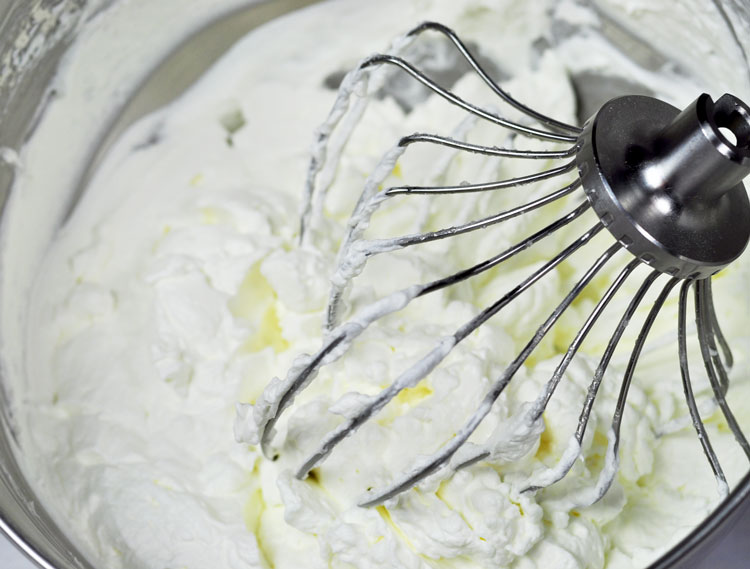Whipped cream, that heavenly sweet cloud that adorns our desserts, has the power to transform the most simple of desserts into a delicious feast. There’s just one issue that is often a problem for dessert lovers with the fragile consistency of the whipped cream. There are many who have been disappointed when their delicious dollops deflate into a puddle on their desserts. However, don’t worry about it because in this piece, we will unveil the techniques to create perfectly steady whipped cream that maintains its shape, texture, and taste.
The basis for stable whipped cream begins with the choice of cream. Choose heavy whipping cream with a high fat content (usually approximately 36% fat) when compared with other varieties of cream. The fat found in heavy cream is important because it helps create solid, lasting peaks when you whip it. It is important to ensure that the cream you are using is cold; chilling both the mixing bowl can make the whipping process much more efficient. The cooler the cream is, the quicker it will whip, reducing the risk of overbeating.
The temperature plays an important role in the stability of whipped cream. Start by placing the mixing bowl and beaters or whisks in the freezer for around 15 minutes prior to mixing. Cold equipment will help the fat in the cream create a faster whipping process and also hold its shape more effectively. Furthermore, make sure the cream is very cold, straight out of the refrigerator. A cold environment prevents the fat from getting too hot, resulting in a creamier and more durable final product. To take it a step beyond that, make sure to chill the sugar as well as vanilla extract.

Sugar added to your stable whipped cream does not just about sweetness; it helps to maintain stability. Though you could sweeten whip cream using sugar that is granulated, it’s better to use confectioners’ sugar (also known as powdered sugar). The fine texture of confectioners’ sugar melts more easily into the cream, which prevents graininess. Begin adding sugar as the cream is beginning to thicken, yet is easily pourable. This ensures a uniform spread of the sugar and aids in maintaining the cream’s consistency.
Whipping cream is a skill that requires patience and precision. Begin by whipping the cream with a slower speed, in order to gradually incorporate air into the cream. Once soft peaks begin to appear, speed up slightly. Be sure to monitor the cream carefully, since it’s possible to change quickly from soft peaks to rigid peaks. Additionally, over-whipping could result in a sloppy look. The goal is to achieve stiff peaks that maintain their form, but have a the smooth and silky appearance. You should stop whipping once you’re at this point in order to prevent overbeating.
Once you’ve whipped stable cream, you need to learn how to store the product and effectively use it. Transfer the whipped cream into an airtight container, and then refrigerate until you’re ready use it. The cream that you whip can be stored at room temperature for approximately 24 hours however, it might require a quick re-whip before serving to make sure it is still creamy. If serving it, a pipetting bag that comes with the tip that is decorative can be used to draw beautiful designs on desserts. When you’re topping off an apple pie or serving a cup of hot cocoa your whipped cream that is stable is the ideal finishing element to the food you’ve created.